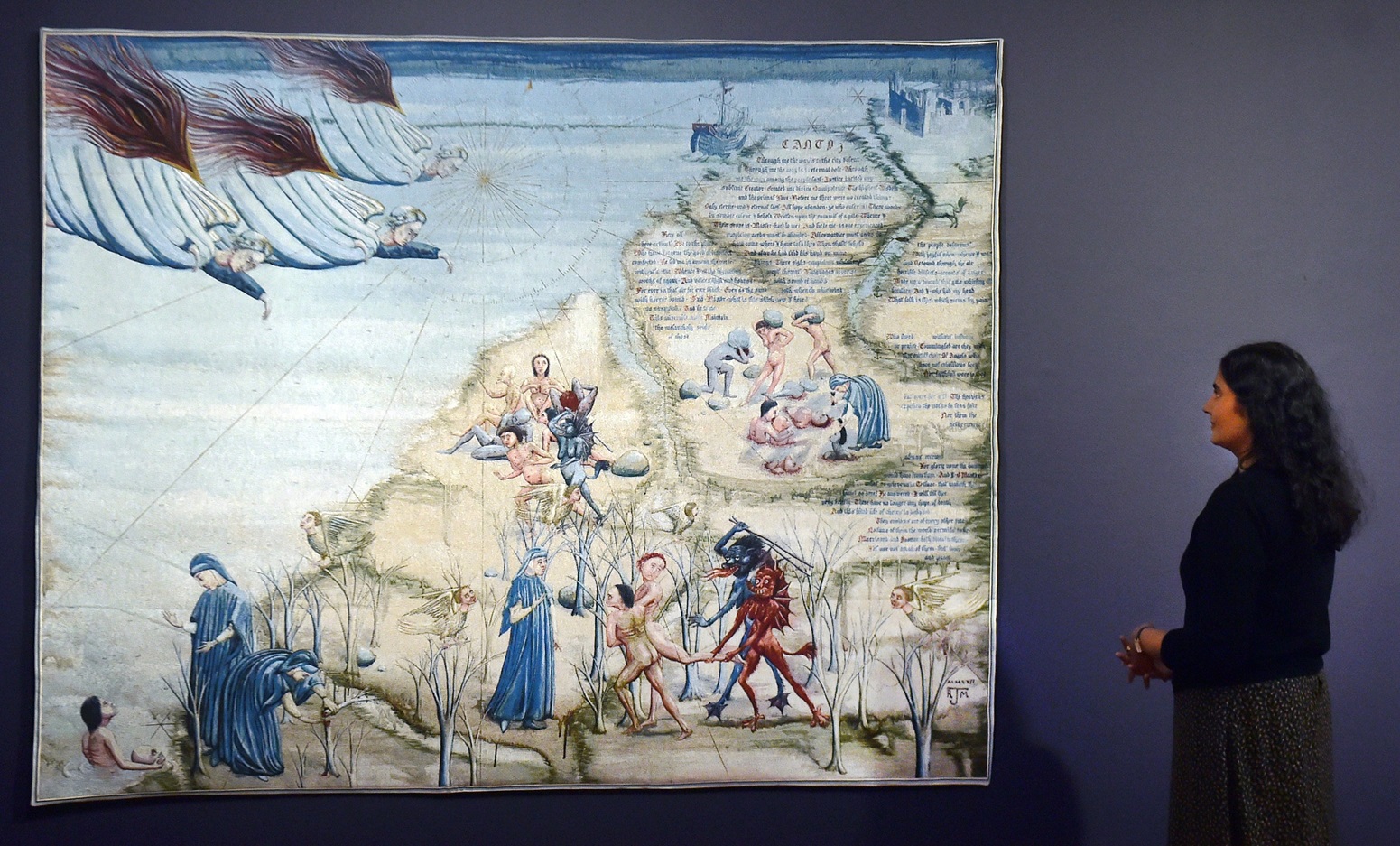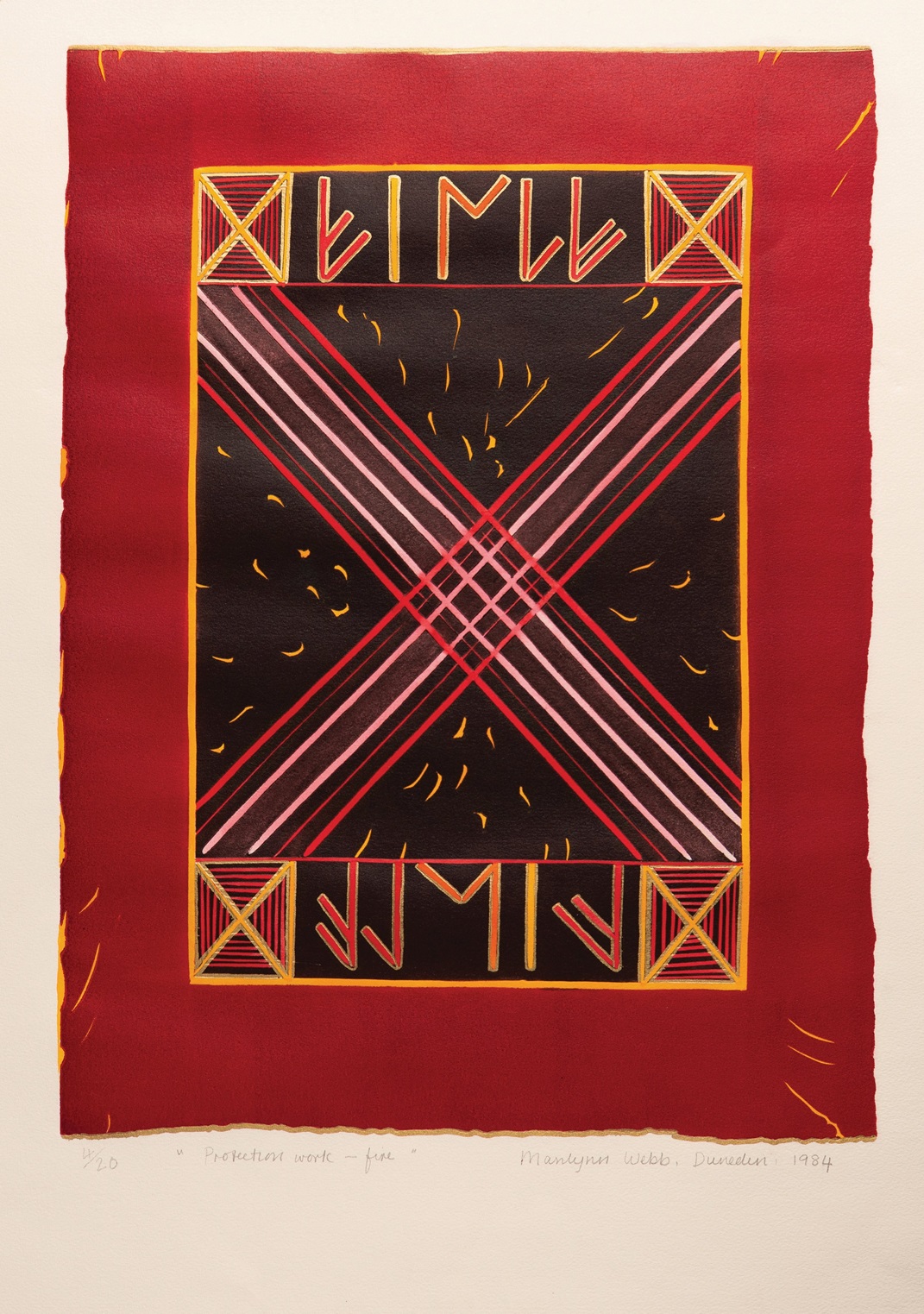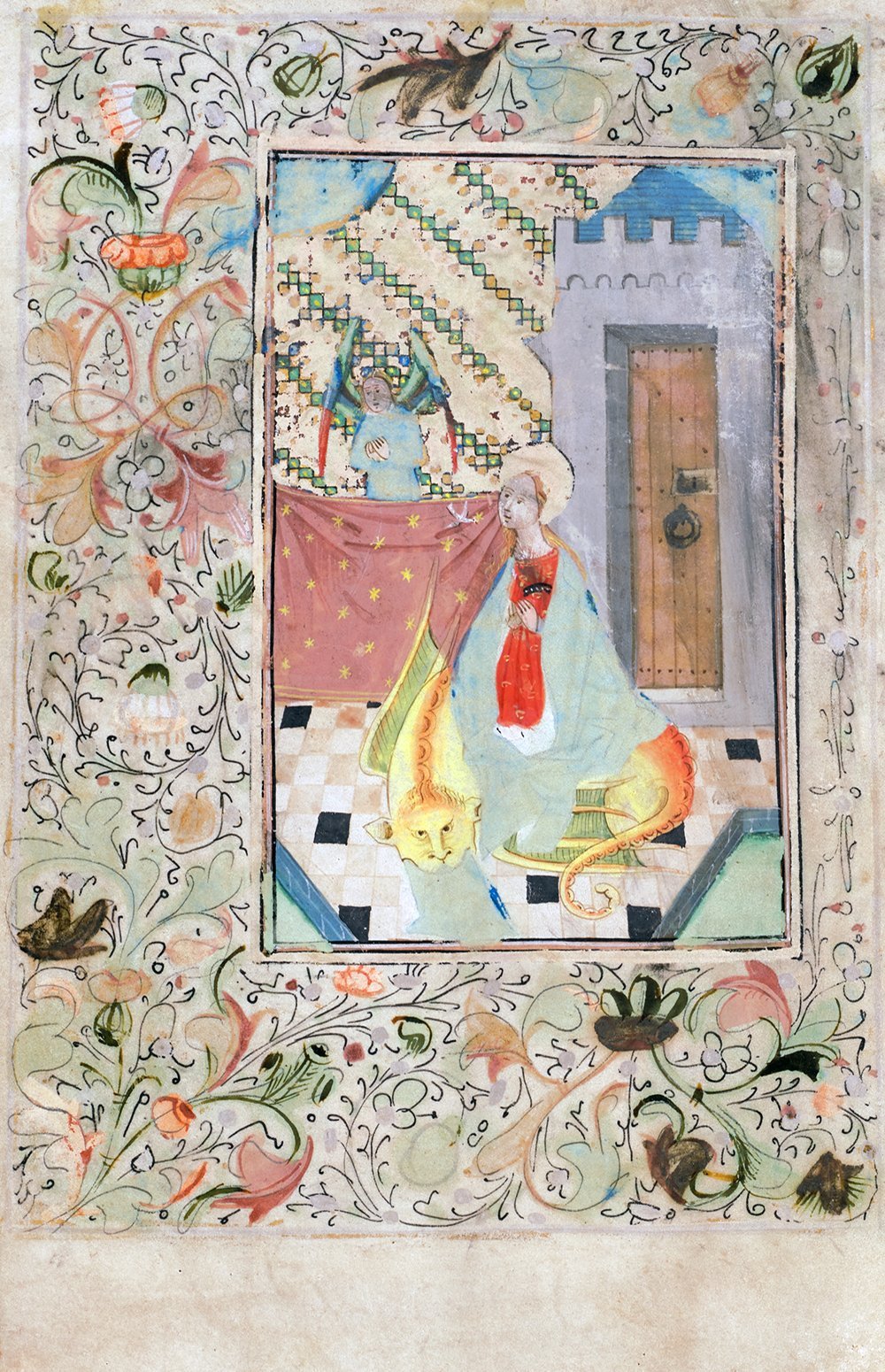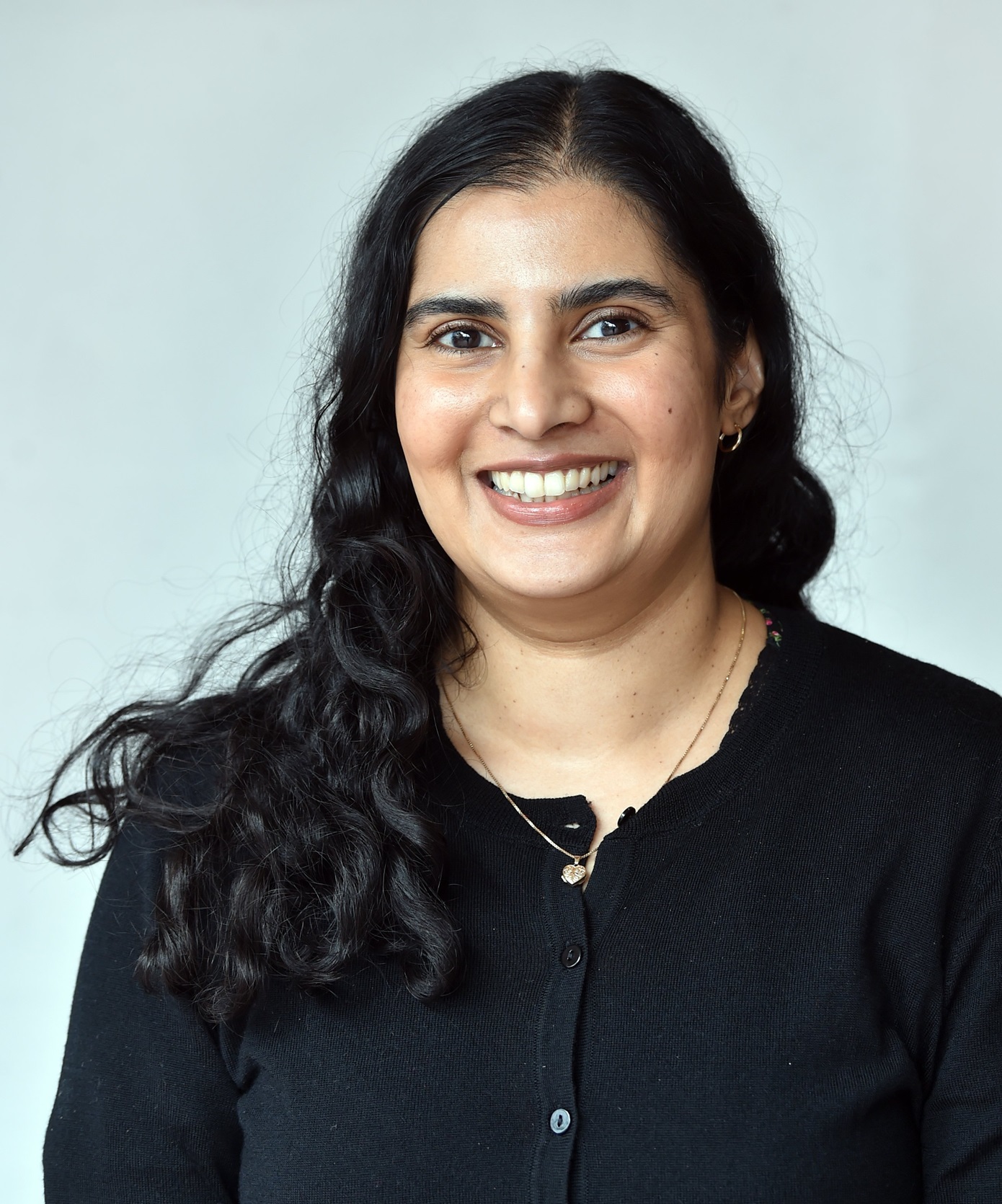
What struck Dr Anya Samarasinghe when she started to look at Dunedin’s art collections was the medieval histories and artworks that were hidden or not well known.
With an academic art history background — she has a PhD in Victorian art collections in New Zealand galleries — having the opportunity to delve into the Dunedin Public Art Gallery collection and others in Dunedin such as the Reed Collection at the Dunedin Public Library, Ōtākou Whakaihu Waka University of Otago Special Collections, Hocken Collections Uare Taoka o Hākena to select works for her own exhibition was "really special".
"So for instance, like the Reed Collection at the library and those illuminated manuscripts that were gifted by A.H. Reed in the 20th century, I thought that was fantastic. And then even at University of Otago Special Collections, they also have a lot of medieval kind of inspired materials."
Then she discovered the work of contemporary artists like Kushana Bush, who grew up in Dunedin, went to art school here and in her work directly engages with medieval themes incorporating a wide range of design elements and styles.
"I thought it was just a perfect opportunity to pick something that was quite research heavy and historical, but could kind of collapse boundaries between past and present, which is something that I'm really interested in. I really like the idea of showcasing works from a wide range of styles and periods."

She had looked at medieval works before, as many of the Victorian artists she studied, such as Edward Burne-Jones and William Morris, were interested in medieval design.
"It just came together with time and place, Dunedin being the perfect opportunity to pull that thread a bit further."
So in "Paradise of Imagination Medieval and Modern Encounters", Samarasinghe brought together works from the 15th century to the present day that have drawn on medieval culture in a variety of ways.
There were some obvious standouts from the DPAG collection such as the Edward Burne-Jones’ Spes (1871) and the George Watt’s Eve of Peace (1863), as well as Dunedin artist Marilynn Webb’s Protection Works series that she created after seeing The Book of Kells (c.800) in Ireland in the early 1970s and George Dunlop Leslie’s In the Wizard’s Garden.
Having the rare opportunity to see and spend time with the Reed Manuscripts’ 15 century book of hours and other documents struck a chord so she wanted to include some of those manuscripts in the exhibition, too. Incredibly delicate, the drawings are in jewel-like colours with gold-leaf details.

Alongside the medieval texts is Christchurch-born William Sutton’s (1917-2000) Aucassin and Nicolette (1939-40), on loan from Christchurch Art Gallery Te Puna o Waiwhetū.
It’s an ornate, illuminated manuscript encased in a silver cover with semi-precious stones and featuring decorative details such as fleur-de-lis.
Samarasinghe says a lovely surprise was discovering Roger Mortimer’s large textile work Through Me the Way is to the City Dolent (2023) at Milford Galleries. The work references Dante’s vision of hell featuring avian-human hybrids and demons.
"Just to see that there was an artist that made these really direct links to the medieval past and Dante’s Inferno was just incredible, how he actually used the words from the text and then the images from the manuscript."
Also from Milford Galleries, she selected Lonnie Hutchinson’s Puhoi (2022) sculpture with its "rose window" shape and taro leaf motif recalling the borders of the manuscripts which were often adorned with detailed Acanthus leaf patterns.

"I think because I’m from a historical background, just coming to contemporary art through this medieval lens and getting to know their practices more, they stood out to me."
Pulling together the research and getting permission to borrow the works from the various organisations and private collections took a lot of work.
"Thinking how the works would sit together in the physical space — that was quite challenging. But it all managed to come together, which I'm very happy about."
Seeing the exhibition open to the public
"was almost, I guess, surreal because sometimes you put all this research, you map out what an exhibition looks like, but to actually see it come to life and with the support of so many fantastic people, it was just an indescribable feeling".
"I was very, very happy at the opening."

"It’s often hard to get a sense of it if you’re just looking at things from a distance. You really have to be immersed in that kind of practice."
The experience has also solidified that curating is what she wants to do.
"I’ve definitely caught the curating bug. I would absolutely love to do more."
Paradise of Imagination
Medieval & Modern Encounters
Until February 8, Dunedin Public Art Gallery; Artist Q and A and performance by Rare Byrds, November 1, 1pm-3pm.












